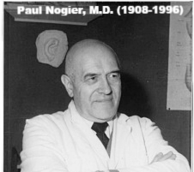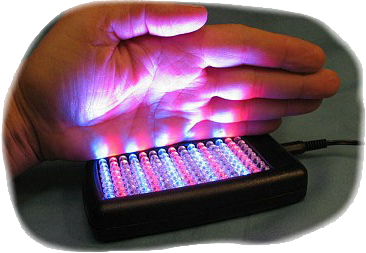
Nogier Frequencies
Sick cells vibrate at a different frequency than healthy cells. When we apply a frequency in the healthy range, it offers our cells the opportunity to once again vibrate at their natural healthy frequency. A French physician, Dr. Paul Nogier, working with his patients over many years, identified seven frequencies natural to our body cells. They became known as the Nogier Frequencies. We include three of these.
Color Guide Table
The use of color is an art as well as a science. While the benefits of using specific colors have been defined by healers over centuries and more recently researched, it is not an exact science as our individual differences, and how we may react to a color, comes into play. When applying color according to this guide, please keep in mind it is meant as general direction for individual experimentation.
Near infrared (NIR) light is included in our guide. NIR light is just beyond visible light so previously has not been included in the centuries-old tradition of applying colored light for healing. NASA Research, however, has brought the healing benefits of NIR light to the forefront.
